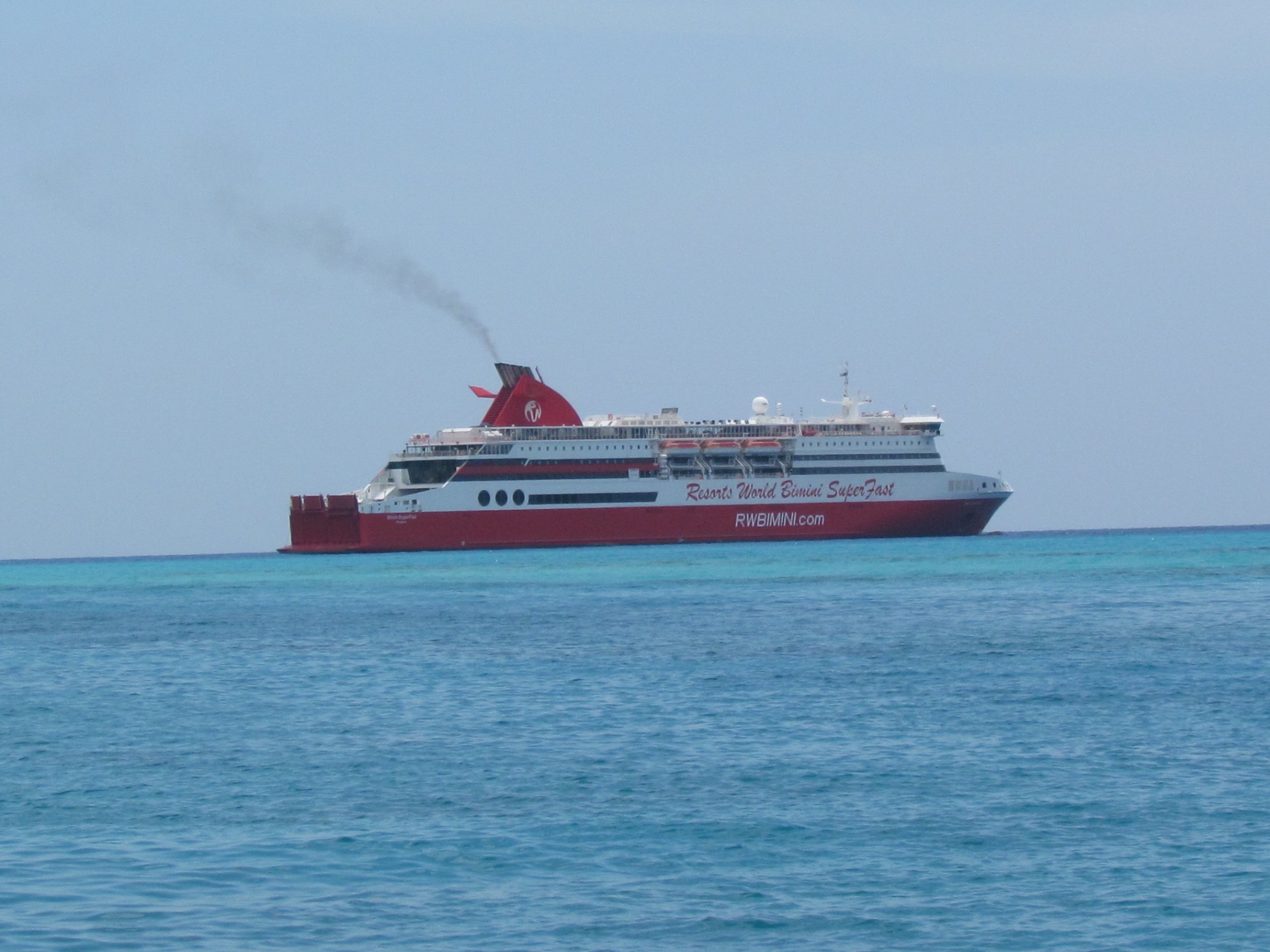
From Earnest Hemingway’s The Old Man and the Sea to his less-well-known Islands in the Stream, Bimini stars as an island full of adventure, liquor and raucous living, a man’s island, where fishing and drinking go hand-in- hand. Bimini has changed little since these books were written. Cultural integrity is essential for such a world-class tiny island. It is still a place of booze and boating.
Bimini boasts one of the most quietly dynamic tourist industries in the country as it has always managed to maintain its personality and distinct cultural flair. It had more barrooms than most places but also had a serious culture of lawlessness that legends like Hemingway enjoyed. The best Bahamian equivalent to this infamy would be Joseph Spence’s “Bimini Gal,” containing the lyrics ‘Never get a licking till I go down to Bimini’.
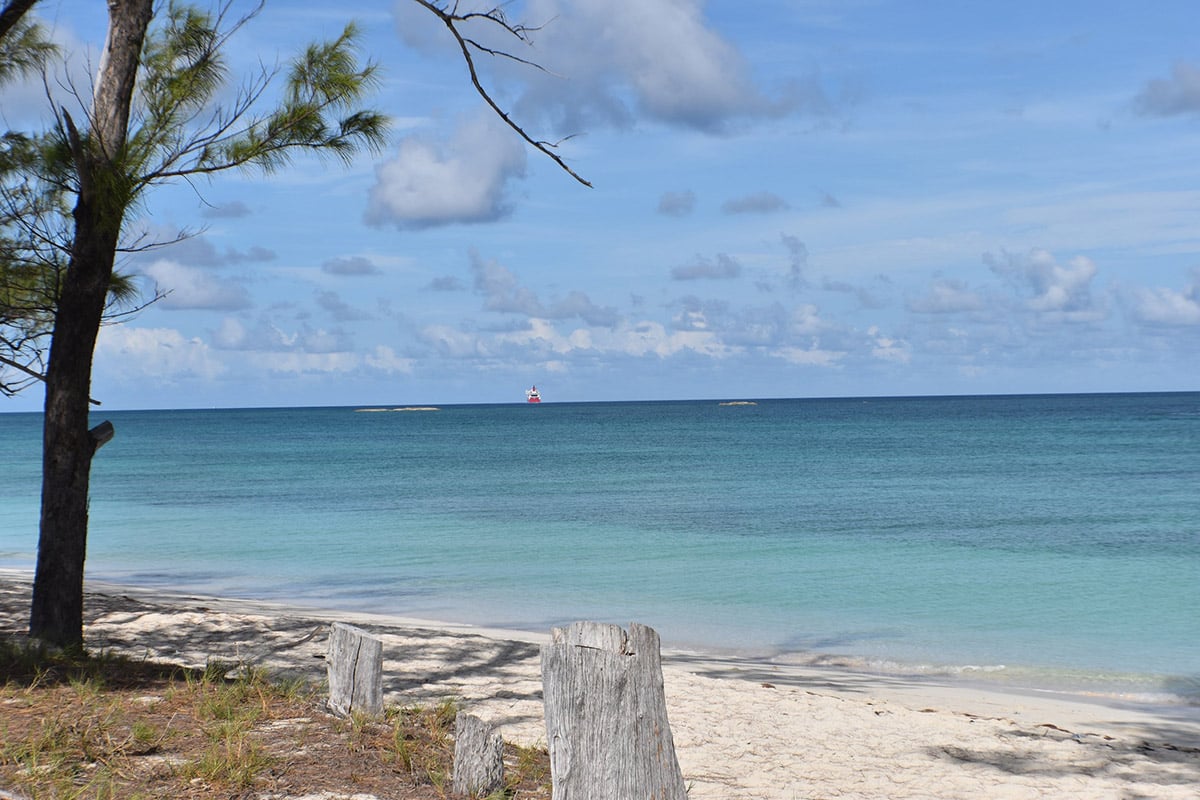
However, we risk erasing this character by packaging everything into one de facto gated resort. Development is essential on every island, but we lose ourselves when development is an absolute and leaves little—if anything—of the history of place and the identity of space intact.
Built on the corner of “men” and “praise the lord,” Bimini is a direct conduit both to the U.S. and to a very rich, second-home-owning community. Bahamian boat builders, who seem to be a dying part of our culture, still inhabit this tiny twin island part of The Bahamas. Indeed it is two islands, North Bimini and South Bimini, that make up what we refer to singularly as Bimini and it is in North Bimini, the tiniest, most overcrowded part of the family where everything happens. Apart from some development on South Bimini, North Bimini has the majority of hotels. But we must not forget that Bimini exists alongside Cat Cay, yet another extremely wealthy enclave. It is far less Bahamian-focused than Bimini, but nonetheless is a part of The Bahamas island chain. Miami-based residents make their way to Bimini often for Big Game Fishing, a quieter kind of life and a bar-hopping island getaway.
Historically, along with the Old Man and the Sea, of whom one would have seen many examples in prior years, Bimini has a culture of drug dealing and other, sundry types of illegality. But it also holds a culture of community and of working to preserve what belongs to the group. It might not be the prettiest of local communities, but it has an incredible culture. Yet we don’t talk about it and the shifting sands of mangrove invasion and big game decimation. If it is known for anything, it is the undercurrent of lawlessness. And this makes it interesting. A very interesting intersection between The Bahamas and the United States, people can come and go and have done so for decades between the two countries.
The majority of Biminites, we must remember, are more likely to travel to Miami for their conveniences than to Nassau. Drugs and drug dealing were a huge part of Bimini’s livelihood back in the affluent 1980s, where more Columbians and Cubans seemed to speak a language other than English and where the ruined old hotel, with fish tiles on the bottom of a now-derelict pool, served as the Magistrate’s Court for a murder trial of international proportions.
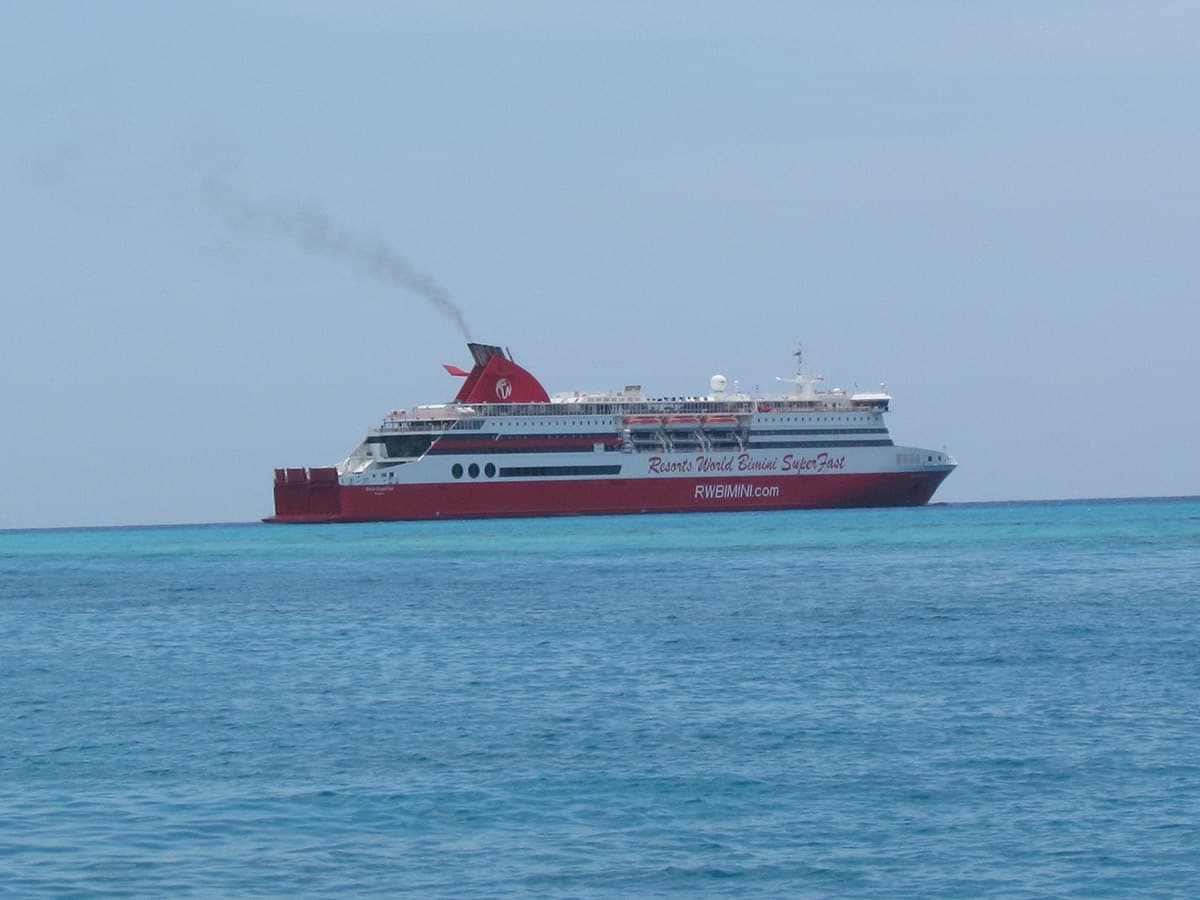
Sadly, so much of this is forgotten by our shortened memories. Queen’s Highway, once barely trafficked, is now teeming with massive trucks, SUVs and souped-up golf carts. The now almost far-too-busy streets threaten the safety of those who are less than sober. Why else come to paradise if not to surrender to rum and the sun?
The quiet ‘backwater’ of Hemingway’s time, where fishing was a thrill and hunting, and carousing were pastimes, has been given the kind of facelift that leaves one almost unrecognisable to those who knew one before. The features have changed. Many beaches, once enjoyed by everyone on the island, have now been semi-privatised and so removed from many locals and visitors.
The change has been complete by the Resorts World expansion, which saw fit to destroy a great part of the world-famous mangroves, without a permit to do so and then to ignore the court’s ruling to cease destruction while the case was being heard. The mangroves are what make Bimini home to Big Game Fishing since they are the breeding grounds for the fish. They also provide employment for local guides and seamen. When this was dug out to allow The Big Red Boat to come in, it was not without challenge.
The disorder has not helped with the preservation of Bimini culture. The boat sold the promise of thousands of tourists a week on an island barely inhabited by fifteen hundred Bahamians, but Bimini has been no stranger to these kinds of visitor numbers.
With its tradition of lawlessness and fun-loving, Bimini can also boast to having provided solace and quietude for Martin Luther King Jr., who residents still remember and with whom boat builders can still recall having conversations.
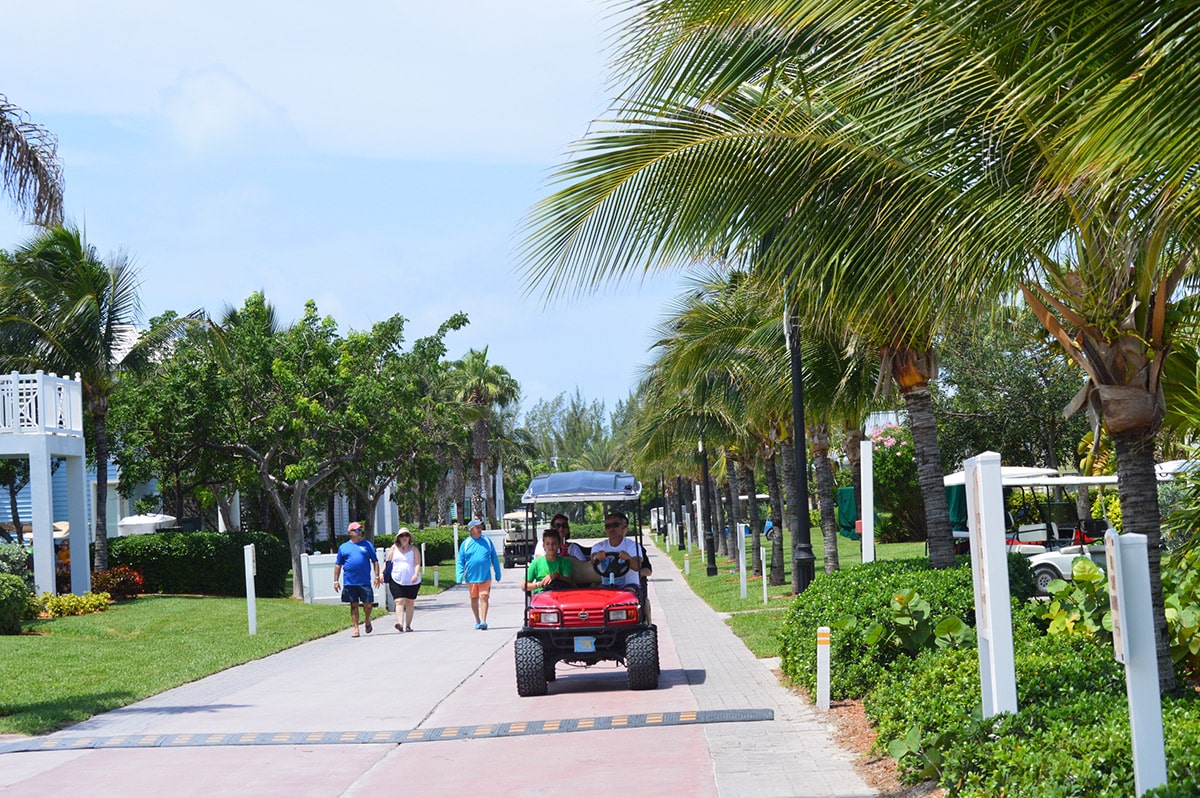
Bimini is a thriving place in the stream where we can see the benefit of international development. However, this is quickly being eroded by overexposure. There seems to be little care given to the delicate balance between the island and its carrying capacity. Much like many of the other large-scale success stories of tourism in the country, the construction work on Bimini is done by non-Bahamian workers. This too threatens the delicate cultural balance on the islands. However, perhaps it is too late to talk about controlling the spread of development since widespread and large-scale development has already occurred. As the court stated in one of the cases, it is almost impossible to return the damaged ecology to rights.
For decades, if not centuries, Biminites lived in a somewhat ecological balance with their home. They had a happy second-home-owning community, with whom they had developed close and long-lasting relationships, they were in Miami as much as they were in Bimini, and the economy boomed in the 1980s and before. There are some residents who understand the importance of their islands and are proud to be Biminites, but many of the young people cannot boast that same awareness. The constant complaint is a lack of investment in education by government and the wearing away of old relationships by new ones that are less nationally-focused or locally beneficial. However, the beauty of the place and the uniqueness that both Hemingway and King saw remains. Of course, these two Americans are not the only ones who have documented the beauty of Bimini or who have made history while being there, even if it is not internationally known.
The lack of awareness of the culture of Bimini and the cultural significance of this place for Bahamians means that we care little for whether it bears up under the pressures of time or whether it loses its identity to a large multinational corporation that is bigger than government and becomes the government through acquiescence and capitalistic exploitation.
The pristine beauty of Bimini can be and is easily being, destroyed by careless and carefree development. The cultural importance of Bimini is easily forgotten by careless and carefree education that does not take into account local lore and geographical importance.
How many of us know that Bimini is seen as one of the highly probable places for the Lost City of Atlantis? How many of us know that Bimini hosts one of the few remaining and few built concrete ships? Of course, the ship is not floating, but it is a part of Bahamian geographic culture that few Bahamians know a blade of grass about. How many school children read The Old Man and the Sea and how many teachers can lend awareness of the significance of Bahamian geography to international letters?
Bimini is far more than a resort; it is far more than a fishing destination. We must begin to appreciate the uniqueness—cultural, geographic and visual—that this twin-island family island offers the wider Bahamian identity. The Bahamas is far larger than New Providence, and Bahamian identity is far more expansive than the city-based identity that the government and city-living promote. Tradition is far more international than the limits of these 700 islands and the experiences shared in this geographical space are created by peoples from all over the world.
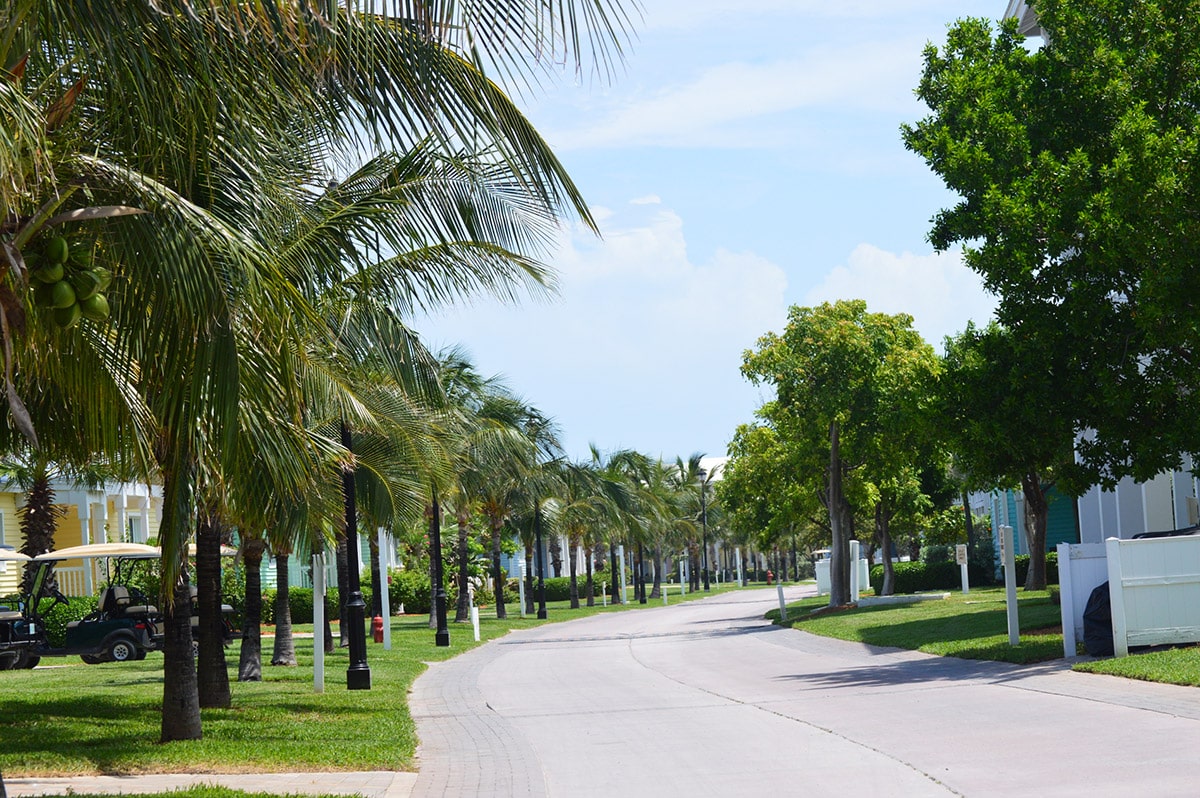
We are quickly destroying an incredibly important part of Bahamian cultural identity, but perhaps it is easier to divest the commons of their common wealth if they are unaware of its significance and are cut off from its experiences.
Can we read the ‘I have a Dream’ speech or The Old Man and the Sea without an awareness of The Bahamas’ place in history? One message that was woven throughout the short read was the respect for nature, the respect for the sea, and the fish the old man held. We have lost this.
The same families live there, the culture is deep and old, and the infamy of olden-days Bimini entrenched in many a memory. We are quickly losing deeply Bahamian spiritual and cultural traditions, like cutting certain trees under certain moons to have the desired result, as much as we are losing people interested in boatbuilding and traditional wood and stone craft.
When this cultural memory dies, when the last soul who holds that cultural information disappears into the ground, air or sea, what becomes of that intangible wealth?